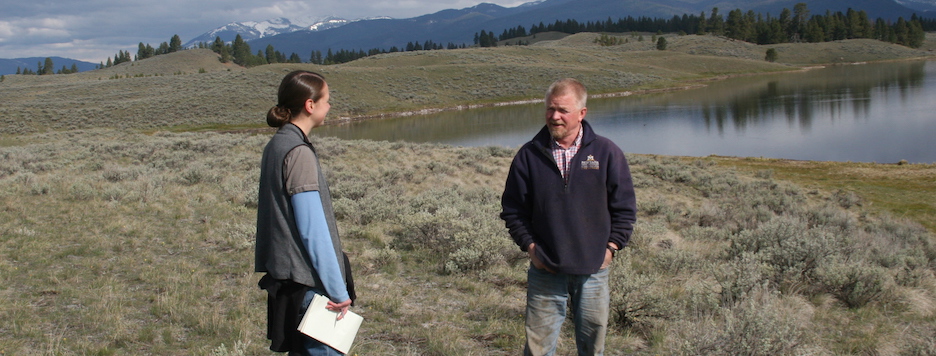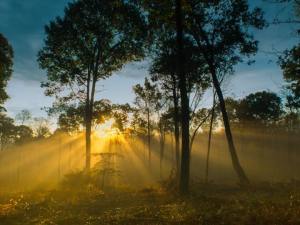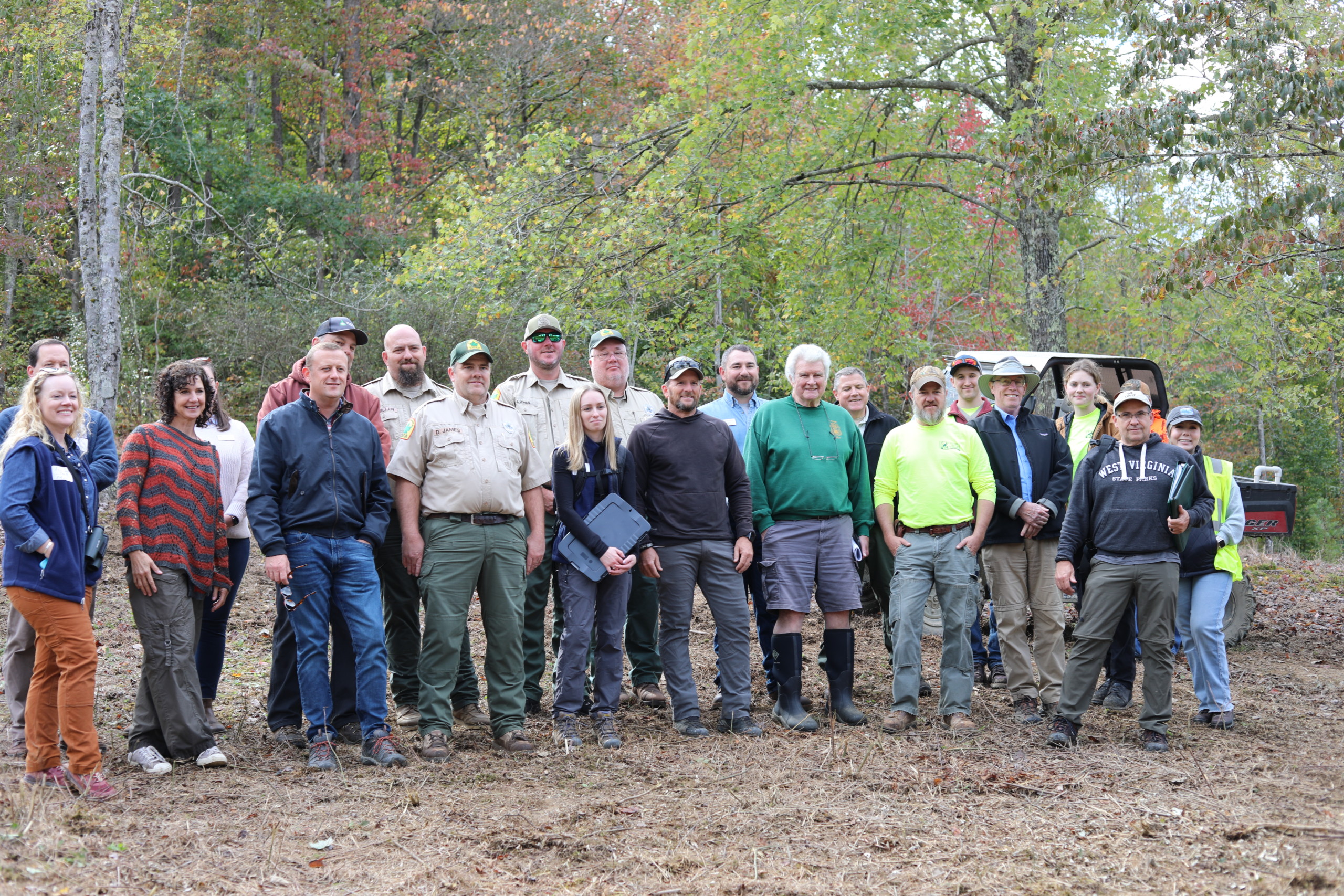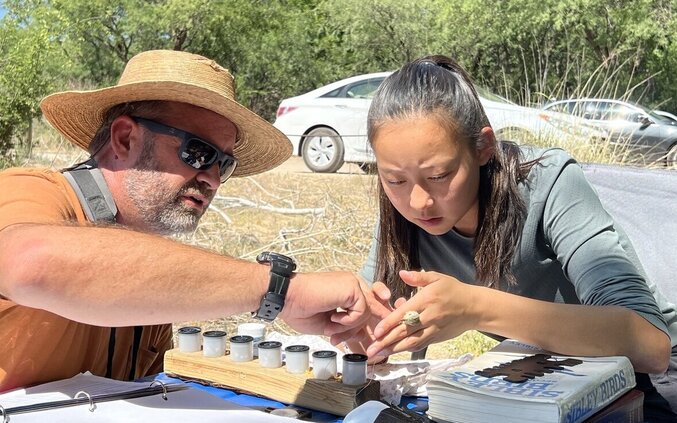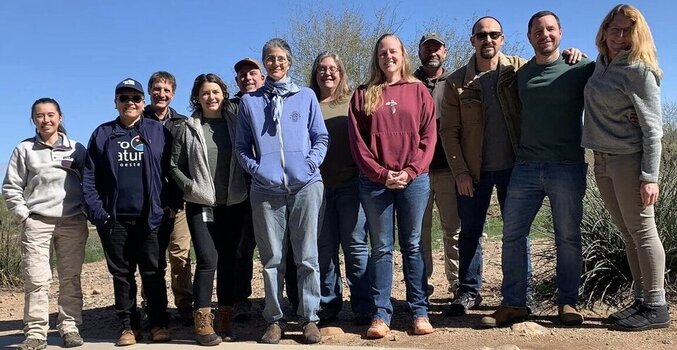The 2014 Farm Bill Field Guide to Fish and Wildlife Conservation is a collaborative effort by conservation partners that provides a new tool for those who work with private landowners and agricultural producers in adopting conservation practices included in the 2014 Farm Bill. It provides biologists, range conservationists, foresters, and others with a road map to help navigate Farm Bill programs and encourages landowners to engage in habitat conservation.
Below, some of the people who tell the story best – private landowners – talk about how 2014 Farm Bill conservation programs and technical support helped them improve working lands and wildlife habitat.
Jim Stone’s ranch in Montana’s Blackfoot Valley is a family-run cow-calf operation. “Our livelihood is in these animals and healthy lands, and it isn’t the most glamorous or easy way to put food on the table. If given the choice, my family and I wouldn’t have it any other way,” said Stone.
According to Stone, “The Farm Bill is a great thing for private lands, and it keeps wildlife and us in business. These programs can be complex and rightly so – conservation and agriculture are not simple. This guide is a translator of sorts to make it easy for anyone to understand. These are the people helping landowners negotiate which program fits our farming or ranching operations as well as the greater landscape we live in.”
“The new 2014 Farm Bill Field Guide to Fish and Wildlife Conservation is a tool for conservationists, particularly those new to Farm Bill programs, to help them choose the best conservation practice for each individual’s farm or ranch,” said Stone.
“These conservationists are often based in USDA’s Natural Resources Conservation Service (NRCS) offices, but spend a good deal of their time with us looking at water, fences and pastures. They need to have a working knowledge of the conservation programs and practices, agricultural systems, landowner needs and eligibility requirements,” said Stone. “Their help with conservation planning and using Farm Bill conservation programs to implement those plans on the farm translates into changes on the landscape that benefit agricultural producers, as well as fish and other wildlife. The employees in these positions work ridge-top to ridge-top and help the community implement conservation on the landscape.”
“On my ranch, we have participated in the Conservation Stewardship Program and the Environmental Quality Incentives Program,” he said. “With these programs, we have put up wildlife-friendly fencing, critter ramps in water tanks, grazing rotation schedules and aspen enhancement projects, just to name a few. The partner biologists are invaluable in matching a ranch or farm’s management with the best programs available. There would be no way we could make use of Farm Bill programs without them.”
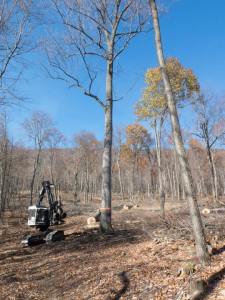
The Jackson Family’s land contains young forest habitat created using Farm Bill programs. The photo on the left shows a two-stage shelterwood cut, which leaves the best trees as seed trees and opens the canopy for regeneration. Photo: Mike Jackson.
Mike and Laura Jackson own 114 acres of mostly wooded property on the eastern flank of Tussey Mountain in Pennsylvania. “From our deck we view large forests of oaks, hickory, tulip poplar and red maple that run up against the rolling Allegheny Mountains and surround three small mountain fields. Laura’s great-great-great-great grandfather purchased this tract in 1811,” said Mike Jackson.
“We have come to love the tranquility and solitude of the place and have been focusing on being good stewards to the land for wildlife.”
The Jacksons were introduced to NRCS’ Working Lands for Wildlife (WLFW) through local conservation groups. “We went on several field trips and saw firsthand what proper forest management and regeneration looks like when creating young forest habitat through conservation programs – forests that are diminishing in our region and are essential for a variety of wildlife,” said Jackson.
By enrolling in Farm Bill programs through WLFW, the Jacksons have had foresters and biologists from NRCS, Pennsylvania Game Commission, Pheasants Forever, and the Pennsylvania Bureau of Forestry come out to analyze our property. “With their assistance, we were able to treat invasive species that were overwhelming our land and log 27 acres to create young forest habitat for Golden-winged warblers,” said Jackson.
“Without Working Lands for Wildlife and other conservation programs, and the technical assistance to help implement this program, we would not have been able to make these improvements,” said Jackson. “It is ideal for creating high-quality habitat and making a positive impact on the landscape. Since this work was accomplished, we have seen wild turkey inside the logging area, watched Eastern bluebirds nesting in a snag, discovered a new species of wildflower on the property that is great for Monarch butterflies, heard male Cerulean warblers, and have started monitoring for Golden-winged warblers.”
The Jacksons believe managing their property in this way will benefit a whole host of species and the landscape as a whole.
Private lands are essential for providing habitat for nearly two-thirds of all species listed as threatened or endangered under the Endangered Species Act (ESA). Through WLFW, NRCS works with conservation partners and private landowners to restore populations of declining wildlife species, provides regulatory certainty and strengthens rural economies.
The nation’s farmers, ranchers, and forest managers provide not only food and fiber for the world but also provide a variety of environmental benefits, including healthy habitat for wildlife.
Download the 2014 Farm Bill Field Guide to Fish and Wildlife Conservation or request hard copies from the Intermountain West Joint Venture at hannah.ryan@iwjv.org.



